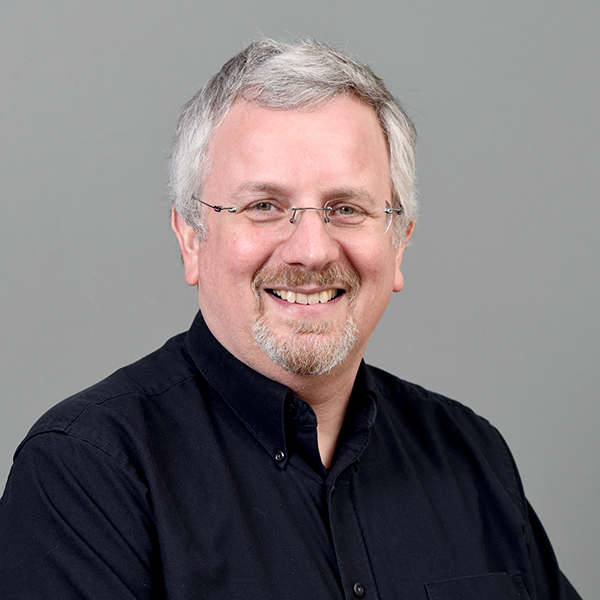Summary
Oxygen, in the form of the molecule O2, is abundant in the Earth's atmosphere and oceans, where it is vital for all multi-cellular life, including humans. However, O2 was nearly absent from the atmosphere and oceans during the first half of Earth's history. In the past decade, we solidified our understanding of when the prolonged and complex transition to the modern, O2-rich environment began. However, the cause of this so-called "Great Oxidation Event" (GOE) and later changes in O2 remains one of the major mysteries in Earth System Science. Solving it is of more than academic interest because it will help us understand how the Earth supports life, and provide insights and perspective on some of the environmental challenges posed by human activity. This project will tackle this challenge by combining new data and calculations that reach from the Earth's core to the top of the atmosphere to develop a comprehensive model of the geochemical cycle of O2 that can explain the GOE.
The specific research program is motivated by an emerging consensus that biological O2 production began long before the GOE. If so, then the GOE was most likely triggered by a change in O2 consumption. Various lines of reasoning point to changes in the flux of O2-reactive material from the Earth's mantle, perhaps driven by the gradual but inexorable cooling of the planet's interior. However, the specific changes and their causes are unclear and debated. The project team will refine and test a number of hypotheses proposed in the past decade. To do so it necessarily integrates: models of atmospheric chemistry; records of Earth's surface O2 history developed from inorganic and organic geochemical proxies; laboratory calibrations of these proxies; geochemical analyses of samples from the lithosphere and mantle; seismic reconstructions of Earth's interior structure; geodynamic models of mantle mixing and evolution; thermodynamic calculations; and findings from mineral physics experiments. Researchers in these disciplinary communities rarely collaborate. Therefore, the work will be scientifically transformative.
The project team aims to extend this transformation beyond its members and even beyond the geosciences. In addition to the typical training and dissemination activities, we will foster communication and integration across disciplinary boundaries by: conducting open, online "workshops without walls" on the O2 puzzle; perform scholarly research into our collaborative research challenges and practices to identify and disseminate best practices for transdisciplinary team science; and develop, deploy, and assess a teacher professional development (PD) program centered on how scientists communicate across diverse disciplinary divides to answer complex questions. These broader activities, together with the science research program, will advance a holistic vision of the Earth System that, while of broad societal importance, is often discussed but rarely realized.



 Ariel Anbar
Ariel Anbar